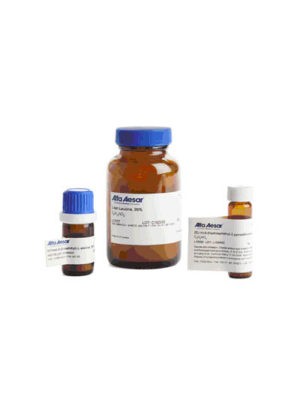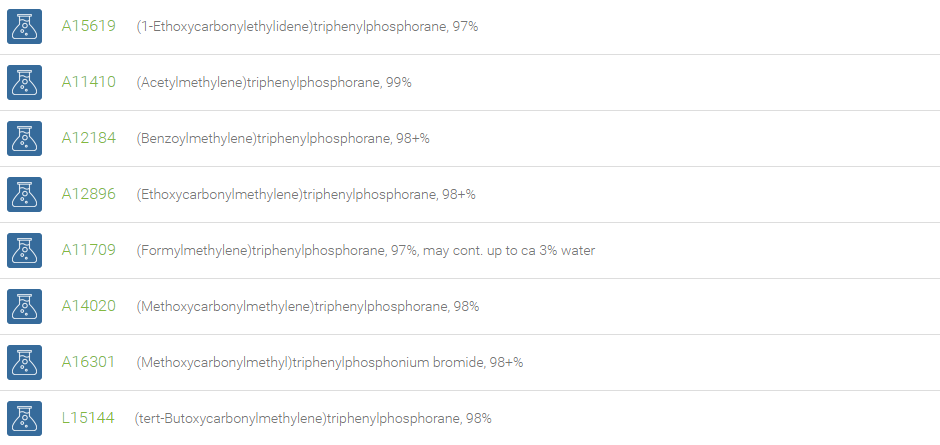Phosphoranes

Phosphoranes
Phosphoranes, also known as lamda5-phosphanes (PR5 and R3P=CR2), generally consist of pentavalent phosphorus with a P-C single bond or a P=C double bond. The latter are frequently encountered in organic chemistry. The phosphoruscarbon double bonded compounds, for example methylenetriphenylphosphorane (Ph3P=CH2), are used as reagents in the Wittig reaction for reducing agents and bases. Other examples include (cyanomethylene)trimethylphosphorane and (cyanomethylene)tributylphosphorane. The oxyphosphorane and thiophosphorane molecules act as model intermediates in RNA transphosphorylation. In constructing combinatorial libraries, (cyanomethylene)-phosphoranes are employed as carbonyl 1,1-dipole synthons. In a Mitsunobu-type reaction, the pentacoordinate phosphoranes with reversed apicophilicity are employed as stable intermediates.
Phosphoranes have various synthetic and biological applications. The phosphoruscarbon double bonded compounds are employed as reagents in the preparation of substances such as olefins, acetylenes, cyclic, and heterocyclic compounds. They are also employed in the synthesis of naturally occurring compounds such as pheromones, steroids and carotenoids, and pharmaceutically and biologically active compounds such as antibiotics and prostaglandins. Phosphoranes have been reported to show acetylcholinesterase inhibitory activity. The phosphorus ylides are useful in the preparation of pharmaceutical substances such as leukotrienes, prostaglandins, antibiotics and vitamins, and also in the preparation of steroids, pheromones, juvenoids, pyrethyroids and in industrial applications.


